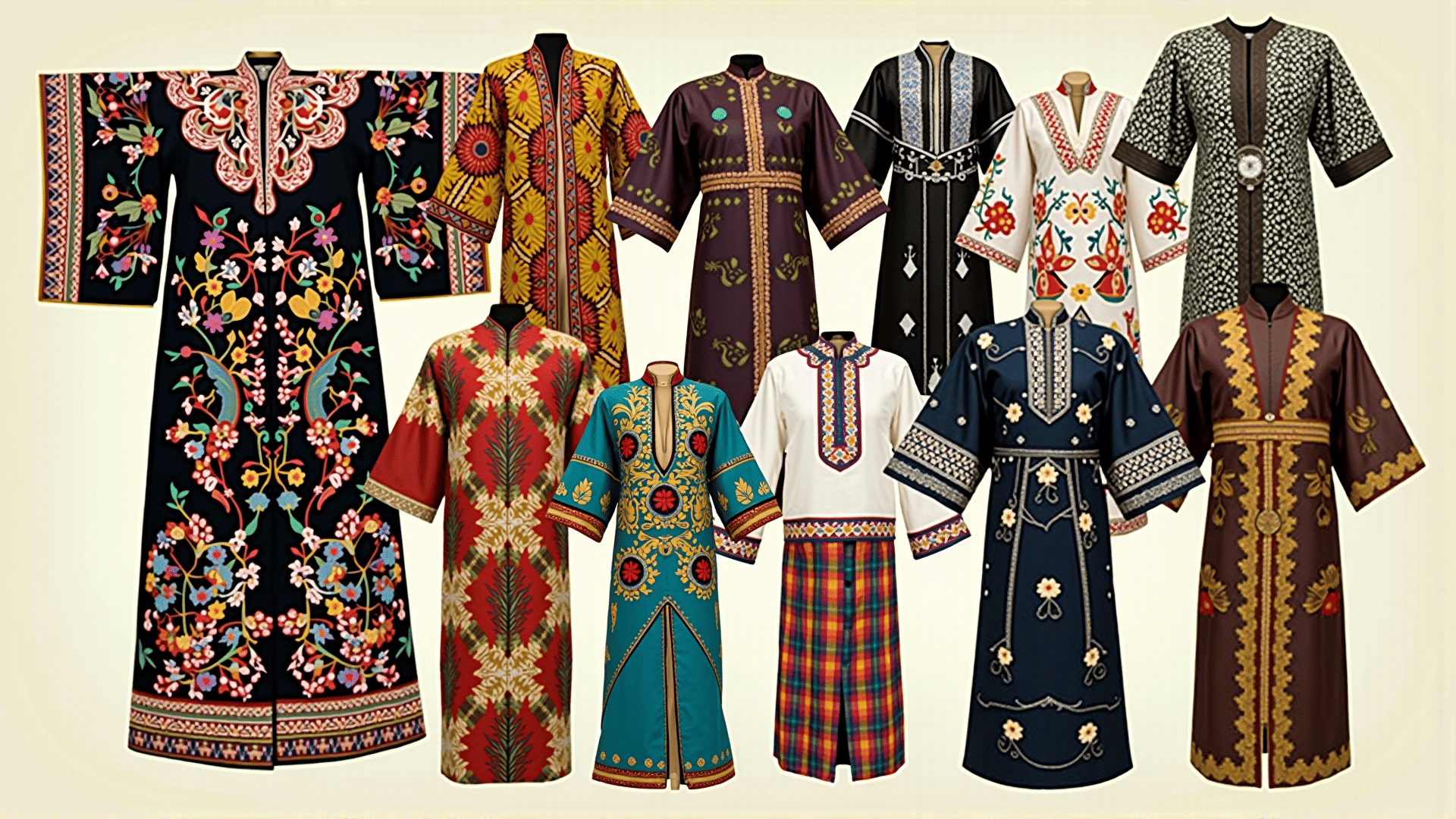Traditional garments hold stories of the past, weaving together cultural narratives that speak of identity, heritage, and the part they play in society. Across the world, clothing has evolved from merely being functional to becoming powerful symbols of cultural expression.
Consider the kimono from Japan, a traditional garment that is both an art form and a cultural icon. Originating in the Heian period over a thousand years ago, the kimono's elegant structure and intricate patterns reflect the wearer's status, age, and occasion. Each kimono not only embodies the craftsmanship of artisans but also serves as a historical record of Japanese aesthetics and social values.
In India, the sari is a symbol of grace and tradition. This timeless piece of clothing, often over five meters long, is fabric that flows seamlessly, wrapped around the body in various styles that differ by region. The sari marks significant stages of a woman’s life, from everyday wear to more ornate versions for matrimonial ceremonies and celebrations, making it an integral part of India’s cultural landscape.
Similarly, the kente cloth from Ghana showcases vibrancy and history. Woven with bright-colored silk and cotton, kente was originally reserved for royalty and symbolizes wealth and sophistication. Each pattern and color holds significance, telling stories of valor, political commentary, or even historical events, transforming the cloth into a visual narrative of the Asante people's heritage.
In the Middle East, the abaya and the thobe denote cultural modesty and tradition. The flowing robes, often made from luxurious fabrics, resonate with both Islamic values and the diverse cultural aesthetics across the Arabian Peninsula. Over time, these garments have also become a canvas for modern fashion interpretations, bridging traditional with contemporary styles.
The Native American regalia, worn during powwows and ceremonies, is another profound example of how garments hold cultural significance. Each piece of regalia is unique, handmade, and carries elements specific to a tribe's history and spirituality. Feathers, beads, and animal skins in these attire convey respect for nature and continuity of ancestral traditions.
Traditional dresses around the world, whether they are the Hanbok of Korea, Huipil of Mexico, or the Dashiki of West Africa, offer insight into the societies from which they originate, reflecting everything from climatic adaptations to spiritual beliefs. These garments not only secure cultural identity but also foster pride among those who don them.
In exploring traditional clothing, one appreciates how garments serve as an unspoken memo of identity, transcending the merely aesthetic to become symbols of belonging and cultural dialogue. As societies evolve, so too do their clothes, establishing a delicate balance between maintaining tradition and embracing modernity. Traditional garments, therefore, are not just attire but profound expressions of human culture and an ever-evolving tapestry of our shared history.
